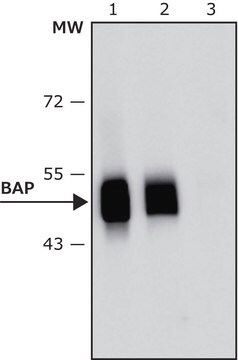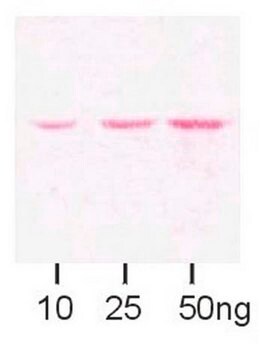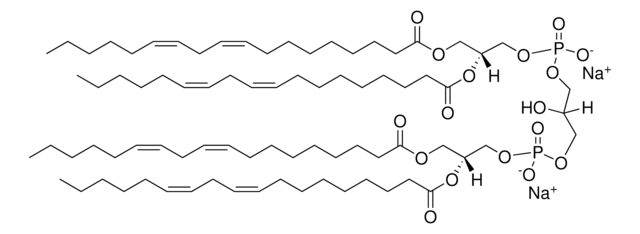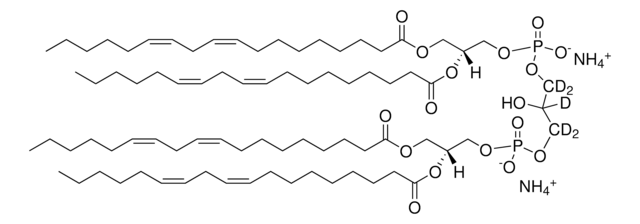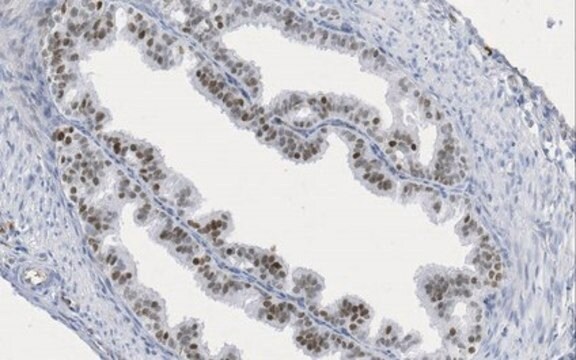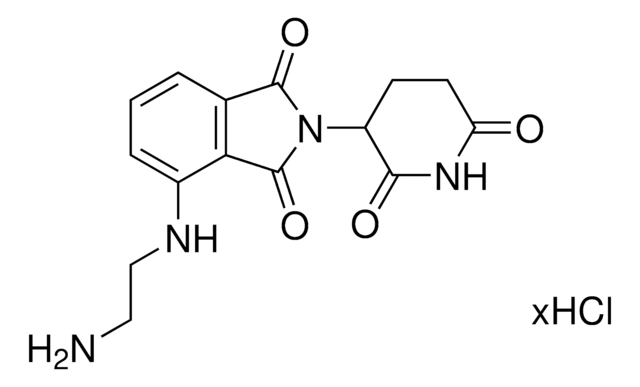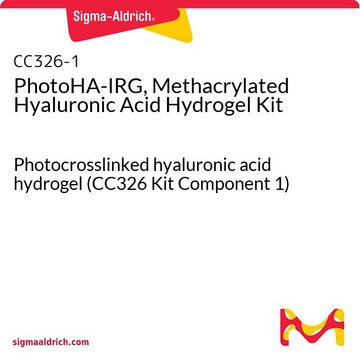ABS1644
Anti-DsbA-L
from rabbit
Sinônimo(s):
Glutathione S-transferase kappa 1, EC:2.5.1.18, GST 13-13, GST class-kappa, GSTK1-1, mGSTK1, Glutathione S-transferase subunit 13
About This Item
Produtos recomendados
fonte biológica
rabbit
forma do anticorpo
unpurified
tipo de produto de anticorpo
primary antibodies
clone
polyclonal
reatividade de espécies
mouse, human
embalagem
antibody small pack of 25 μL
técnica(s)
immunocytochemistry: suitable
immunoprecipitation (IP): suitable
western blot: suitable
Isotipo
IgG
nº de adesão NCBI
nº de adesão UniProt
Condições de expedição
ambient
modificação pós-traducional do alvo
unmodified
Informações sobre genes
mouse ... Gstk1(76263)
Categorias relacionadas
Descrição geral
Especificidade
Imunogênio
Aplicação
Western Blotting Analysis: A representative lot detected DsbA-L in mouse brain, mouse kidney, and mouse liver (Liu, M., et. al. (2008). Proc Natl Acad Sci USA. 105(47):18302-7; Lui, M., et. al. (2015). J Biol Chem. 290(16):10143-8).
Immunoprecipitation Analysis: A representative lot detected DsbA-L in 3T3-L1 adipocytes (Liu, M., et. al. (2008). Proc Natl Acad Sci USA. 105(47):18302-7; Lui, M., et. al. (2015). J Biol Chem. 290(16):10143-8).
Immunocytochemistry Analysis: A representative lot detected DsbA-L in adipocytes on differentiation day 7 were used for the following studies. confocal immunofluorescence study of DsbA-L co-localization with the mitochondrial marker (MitoTracker) and the ER marker (PDI) in 3T3-L1 adipocytes (Lui, M., et. al. (2015). J Biol Chem. 290(16):10143-8).
Signaling
Qualidade
Western Blotting Analysis: A 1:1,000 dilution of this antibody detected DsbA-L in 10 µg of mouse kidney tissue lysate.
Descrição-alvo
forma física
Armazenamento e estabilidade
Outras notas
Exoneração de responsabilidade
Não está encontrando o produto certo?
Experimente o nosso Ferramenta de seleção de produtos.
Classe de risco de água (WGK)
WGK 1
Certificados de análise (COA)
Busque Certificados de análise (COA) digitando o Número do Lote do produto. Os números de lote e remessa podem ser encontrados no rótulo de um produto após a palavra “Lot” ou “Batch”.
Já possui este produto?
Encontre a documentação dos produtos que você adquiriu recentemente na biblioteca de documentos.
Nossa equipe de cientistas tem experiência em todas as áreas de pesquisa, incluindo Life Sciences, ciência de materiais, síntese química, cromatografia, química analítica e muitas outras.
Entre em contato com a assistência técnica